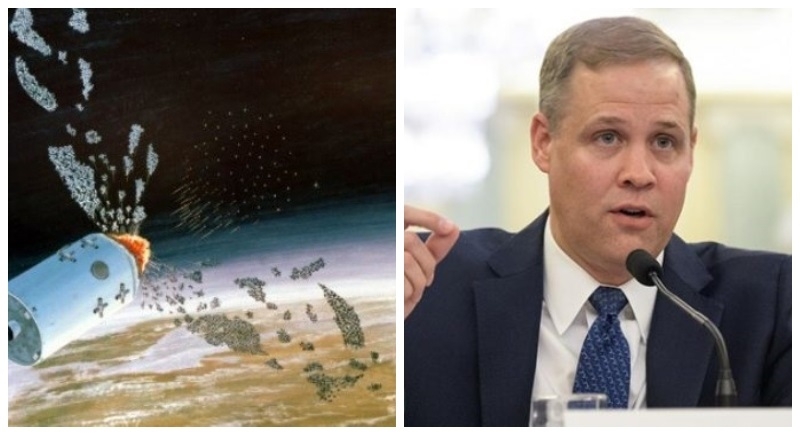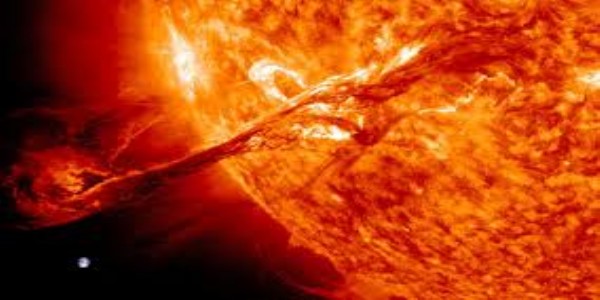Are you serious NASA? How a hit on low orbital satellite can create danger for ISS?

New Delhi, Mar 3: “Mission Shakti” by India is one of the most appreciated space expedition by the world. The whole world congratulated India for such accuracy and a huge success. But NASA has ‘toothache’ about this mission.
NASA’s head on Tuesday stated India’s destruction of one of its own satellites a “terrible, terrible thing” that had created 400 pieces of orbital debris and led to new dangers for astronauts aboard the International Space Station.
With this statement of NASA, the clash on Mission Shakti started. Indian scientific community and ISRO criticized NASA for such Statement.
Indian Scientists said, India conducted the anti-satellite test responsibly but agreed it could have raised risks for the ISS.
The US military tracks objects in space to predict the collision risk for the ISS and for satellites. They are currently tracking 23,000 objects larger than 10 centimeters. That includes about 10,000 pieces of space debris, of which nearly 3,000 were created by a single event- a Chinese anti-satellite test in 2007 at 530 miles from the surface.
Rajeswari Rajagopalan, head of nuclear and space initiative, Observer Research Foundation (ORF) said, “I would say India conducted the test responsibly. At 300km, the altitude is lower than that of the ISS and most of the other satellites and the debris will come back to the atmosphere of the earth eventually. there is a possibility that some debris might enter the apogee of the space station; the risk of collision increases as it does with any object sent to space”.
With 830 satellites, the US leads the world in the number of satellites, followed by China with 280 satellites. India has 54 satellites.




